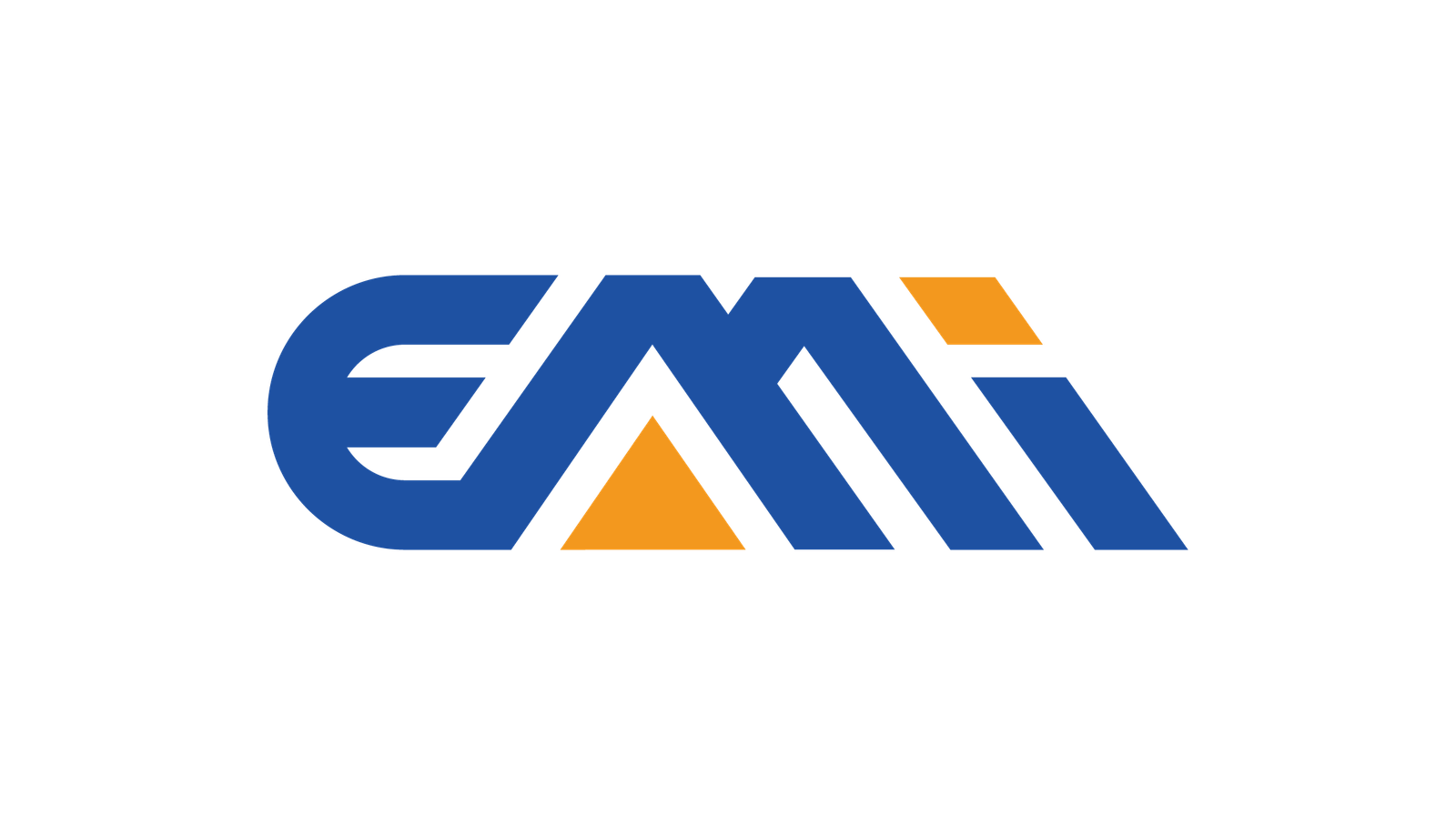Diodes are semiconductor devices that play a fundamental role in electronic circuits by allowing current to flow in one direction while blocking it in the opposite direction. This crucial functionality makes diodes versatile components in a wide range of electronic applications. At their core, diodes consist of a semiconductor material, typically a junction between p-type and n-type semiconductor layers.
The primary purpose of diodes is rectification, the conversion of alternating current (AC) to direct current (DC). This rectifying function is essential in power supply circuits, ensuring a unidirectional flow of electrical energy. Diodes are also integral to signal processing, where they are employed in demodulating signals, and extracting information from carrier waves in communication systems.
Diodes come in various types, and the most common diodes include rectifier diodes, light-emitting diodes, Zener diodes, Schottky diodes, photodiodes, varactor diodes, and so more. In this article, we are going to explore the Zener diodes.

Introduction of Zener Diodes
Zener diodes are specialized semiconductor devices designed for voltage regulation. They operate in the reverse breakdown region of their voltage-current characteristics, maintaining a nearly constant voltage across their terminals when the applied voltage exceeds a specific threshold known as the "Zener voltage." This unique property allows them to stabilize voltage levels in electronic circuits. Zener diodes find extensive use in voltage regulators, ensuring a consistent and reliable voltage supply for components like integrated circuits. Their precise voltage regulation makes them invaluable in electronics, providing a stable reference voltage in diverse applications, ranging from power supplies to signal conditioning circuits.
Working Principle of Zener Diodes
Zener diodes operate based on a fundamental principle known as the Zener effect. When a reverse-biased voltage is applied across the diode, a strong electric field forms across the depletion region. This high electric field allows electrons to gain sufficient energy to break free from covalent bonds, creating electron-hole pairs. Unlike a regular diode, the Zener diode is intentionally designed to have a thin and heavily doped depletion region, enabling it to exhibit a sharp breakdown voltage, known as the Zener voltage. Beyond this voltage, the Zener diode conducts in the reverse direction, providing a stable and well-defined voltage reference in electronic circuits.

Function of Zener Diodes
Zener diodes serve a crucial function in electronic circuits as voltage regulators and stabilizers. Their primary role is to maintain a constant output voltage across their terminals, irrespective of variations in input voltage or load conditions. This unique characteristic is harnessed in various applications to ensure a steady and reliable voltage supply.
One prominent application is in voltage regulation circuits. When placed in parallel with a load, Zener diodes can clamp the voltage across the load to the Zener voltage, preventing voltage spikes or drops. This makes them valuable in power supply units, protecting sensitive components from voltage fluctuations.
Zener diodes are also integral in voltage reference circuits. By utilizing their stable breakdown voltage, engineers can establish a precise reference voltage for comparison or biasing purposes. This is vital in analog electronics, especially in settings where maintaining a consistent voltage level is critical.
Furthermore, Zener diodes find use in surge suppressors and voltage shunt regulators. In these applications, they divert excess voltage away from sensitive components, shielding them from potential damage during transient events like power surges.

In summary, Zener diodes play a pivotal role in maintaining a constant voltage level, making them indispensable in applications requiring stable and regulated power supplies, as well as in scenarios where precise voltage references are necessary for accurate circuit operation. If you are interested in our diodes, or any other electronic components, please feel free to contact us!

